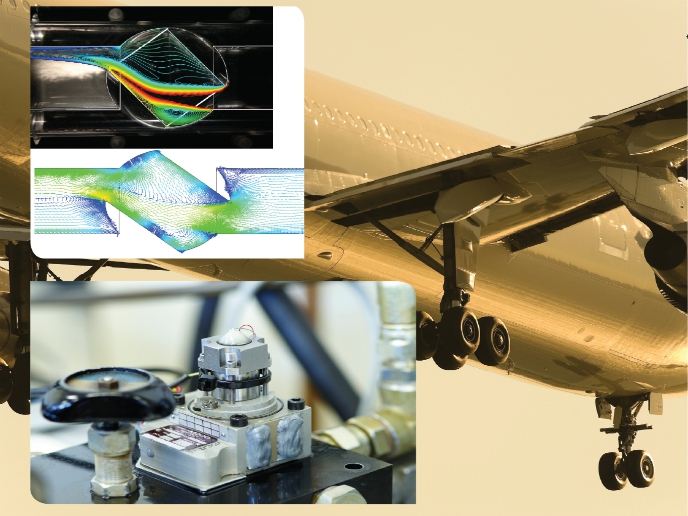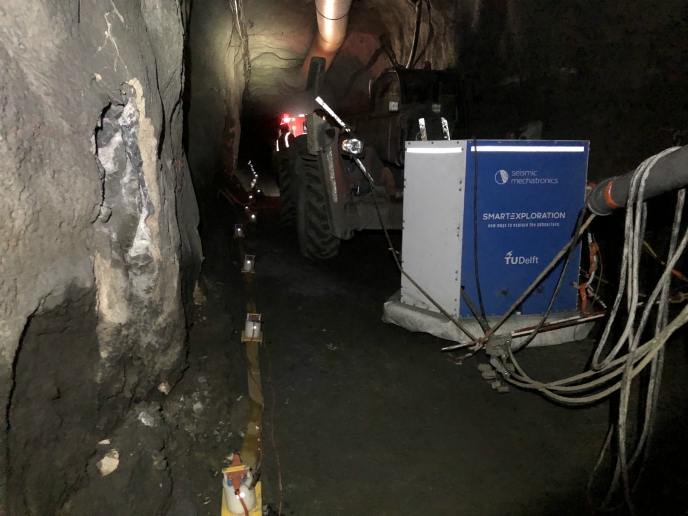Advancing tensile design tests for steel fibre reinforced concrete
Whereas the sigma-epsilon method is a sound and robust method for ordinary concrete, the sigma-w method is for much larger, more difficult and more expensive applications. An example application was conducted on cast and cored CEB cylinders with measurements of about 150mm in length and 15mm deep circumferential notch. The specimens were glued onto steel loading platens with three extensometer readings mounted on the notch at 120 degrees apart from each other with the average controlling the test. The variability of the results corresponded very well with the number of fibres that crossed the ligament, and now provides the difference in limitations between individual extensometer readings and the average. Hence the test can either be accepted or rejected. Even so, SFRC cylinder designs are more difficult and expensive than the beam variation designs, and therefore need the sigma-w method. This is especially so for the development of new steel fibres, but at the same time, this tensile test has many other advantages over the tensile bending test. To exemplify this, other sigma-w design tools have been configured for the evaluation of load-deflection behaviour of bending test specimens, and temperature and shrinkage induced cracks for slab designs. Further work has also been carried out on SFRC combined with conventional equipment. The tensile test for SFRC cylinders and the sigma-w method is therefore of great interest for laboratories involved in SFRC research, steel fibre manufacturers and for determining alternative SFRC solutions. However, it is expected that it will take 3 more years following the implementation of the sigma-epsilon method and tensile bending test before the sigma-w and tensile test are adopted by the CEN. With several advantages over the bending test including the development of new fibres, it is anticipated that this tensile test will soon become the RILEM recommendation. Further, and following the RILEM recommendation, this tensile testing design method will then be adopted by the same code-drafting organisations that currently use the existing sigma-epsilon method.







